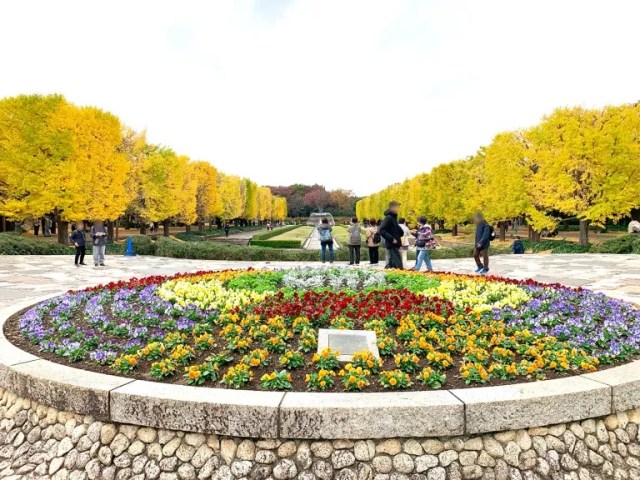
Showa Park is a great reason to make the trip out to Tachikawa.
Tachikawa is one of those parts of Tokyo that most Japanese people have heard of, but not so many have visited. One of the cities that are included within the Tokyo Metropolis boundaries, Tachikawa is about 30 kilometers (18.6 miles) west of downtown Tokyo, and in a lot of ways it has the feel of a regional county seat. The neighborhood right around Tachikawa Station is moderately developed, with a handful of skyscrapers, shops, and restaurants, but it pretty quickly turns into quiet suburbs that are less dense than those closer to downtown.
▼ Tachikawa Station
Basically, Tachikawa’s got the necessary conveniences and amenities for daily life, and the station is a local rail hub where a few different lines converge, but unless they live in Tokyo’s western outskirts area and pass through Tachikawa on their way to work or school, it’s not really somewhere most Tokyoites make a point of going to. So our Japanese-language reporter Seiji Nakazawa was surprised to see people online saying that Tachikawa boasts some very beautiful places to see the autumn leaves.
Actually, those places are all part of the same location, Showa Memorial Park. In particular, Seiji had heard that it’s a great place to see gingko trees, so he hopped on the train to go see for himself. This was Seiji’s first time going to the park, as his previous trips to Tachikawa were mainly for a midnight factory odd job he’d worked long, long ago, putting together some sort of electronics that he can’t quite remember.
It’s about a 40-minute train ride from Shinjuku Station to Tachikawa, and from the north exit of Tachikawa Station it’s roughly 10 minutes on foot to Showa Park’s Akebono Entrance, following the route shown here.
But since this was Seiji’s first time, he wanted to enter through the park’s Tachikawa Entrance, since he figured the name meant it was the main entrance. In actuality, the two gates both funnel into the same gate, so it doesn’t make a difference, but the Tachikawa Entrance is right in front of Nishi Tachikawa Station, so you can get off the train there instead of at Tachikawa Station if you want a shorter stroll to the park.
▼ Showa Park’s Tachikawa Entrance
Right away, Seiji saw leaves that were showing their autumn colors, but this wasn’t the spot he’d heard about. Further inside the park there was supposed to be a footpath where the branches of the ginko trees form a tunnel overhead, and that’s really what he’d come to see.
Still, he was already struck by how pretty, and how big the place was. Having been in downtown Tokyo just an hour ago, it felt liberating to see the sky without the view being blocked by buildings or partitioned by powerlines.
By the way, that photo above is still technically outside the park, as that structure way in the back is the ticket gate.
Tickets are sold by a bank of vending machines, with adult admission 450 yen (US$3) and children middle school-age and younger free. You can also pay by prepaid e-money train cards like JR’s Suica, which is what Seiji did.
He tapped his card, stepped through the gate, and…
…immediately had his breath taken away by the gingko tree tunnel he’d come to see!
Usually when people think of gingko trees in Tokyo, they think of Gaienmae, in downtown near the Aoyama and Harajuku neighborhoods. Compared to Gaienmae’s swanky cosmopolitan sophistication, Showa Park has a much more low-key vibe, but that also makes it all the easier to relax and take everything in at your own pace.
But this is far from all there is to see at Showa Park, which is a gigantic 180-hecatre green space, or, to use Japan’s favorite layman’s unit of area measurement, as big as 39 Tokyo Domes.
There’s so much to see that the park staff periodically prepares and gives out a “Midokoro Map,” (midokoro meaning “best time to see”), highlighting flora that’s reaching its prime viewing season.
The gingko tunnel is right inside the entrance, but Seiji’s next stop was the Katarai Icho Namiki, another gingko-lined path in the west part of the park, past one of its children’s play equipment areas.
On the day of Seiji’s visit, the leaves here hadn’t changed color as much as on the trees near the entrance, but there was a noticeable touch of yellow to their green, making them almost glow in the sunlight.
Even if they hadn’t reached their most beautiful color yet, they were still photogenic enough that Seiji saw many people snapping pictures, and he imagines that when they do turn gold, the view from this bench at the end of the path must be a sight to see.
The third spot that’s supposed to be great for seeing fall leaves inside the park is its Japanese garden section, which sits at the side of a pond.
Here there’s a mix of reds and yellows, though on this day it was still pretty early to see much of those hues. Even with plenty of green left on the trees, though, the garden is still elegantly enchanting.
Seiji even discovered a fall color vantage point on his own. Adventurous guy that he is, when he stumbled across the park’s Pyramid of the Sun structure…
…he couldn’t resist climbing to the top…
…which let him enjoy things from yet another perspective.
With Japan having had an unusually warm autumn this year, we’re also getting a later start to the fall colors, so ideally Seiji would have timed his visit to Showa Park a little later. On the plus side, that means there’s still time for the rest of us to check out this underrated autumn outdoor attraction this year, as the colors are expected to reach their peak around 7 to 14 days from now. And if your afternoons are already booked, until November 26 the park will be having a special light-up event with access allowed to certain parts of the park after sundown from 4:30 to 8 :30.
Related: Showa Memorial Park official website
Photos ©SoraNews24
● Want to hear about SoraNews24’s latest articles as soon as they’re published? Follow us on Facebook and Twitter!
[ Read in Japanese ]
Follow Casey on Twitter, where he has fond memories of Showa Park’s bacon on a stick.
[ Read in Japanese ]

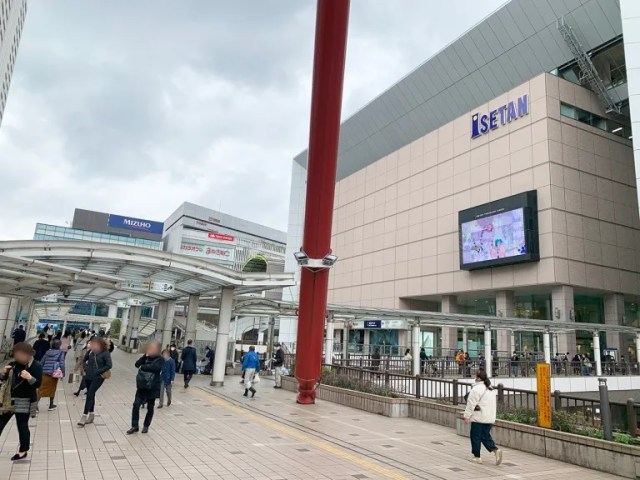
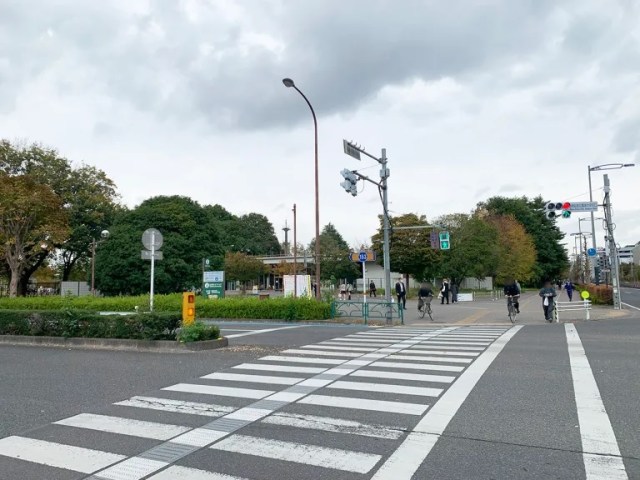
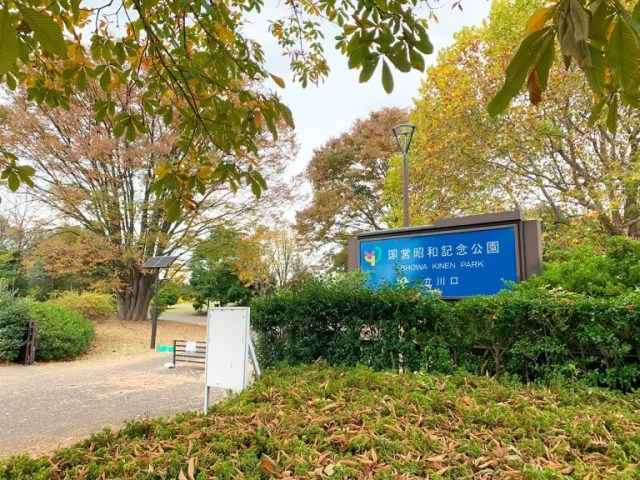
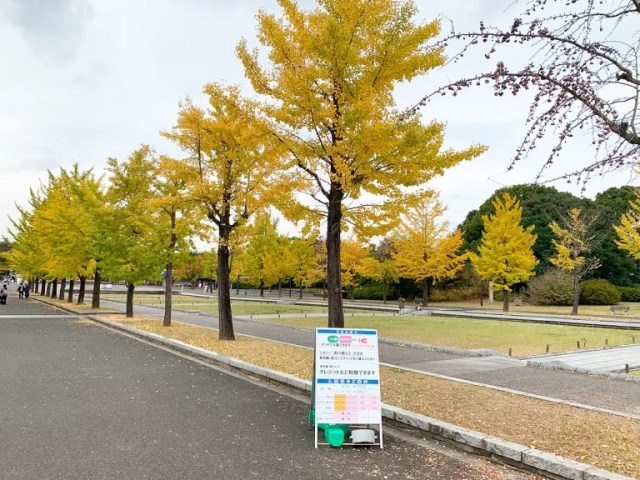
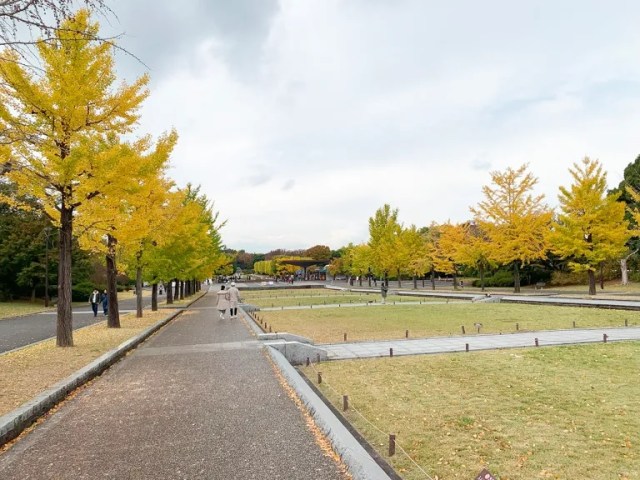
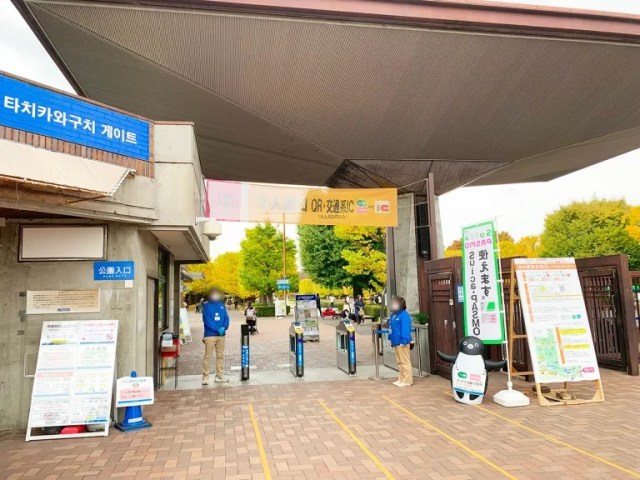
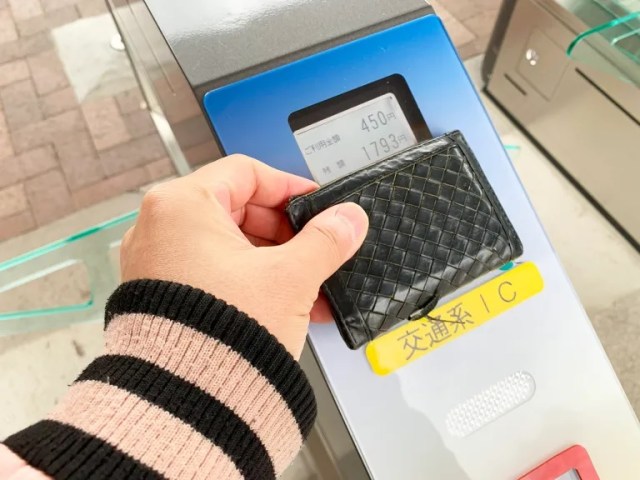
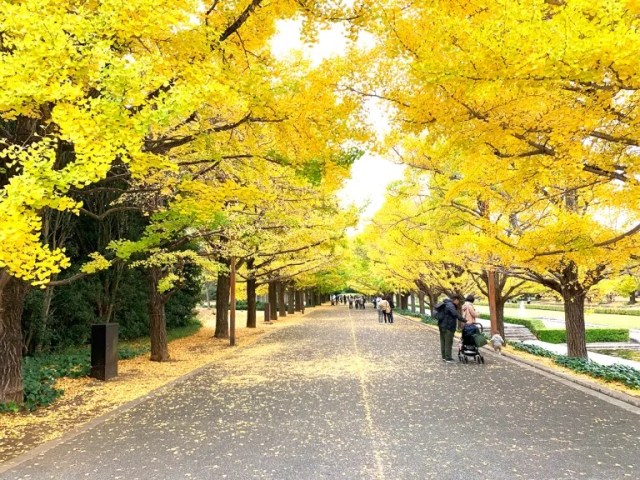

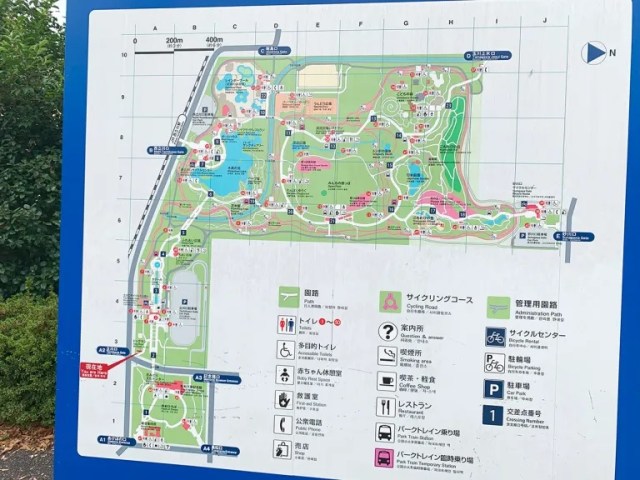
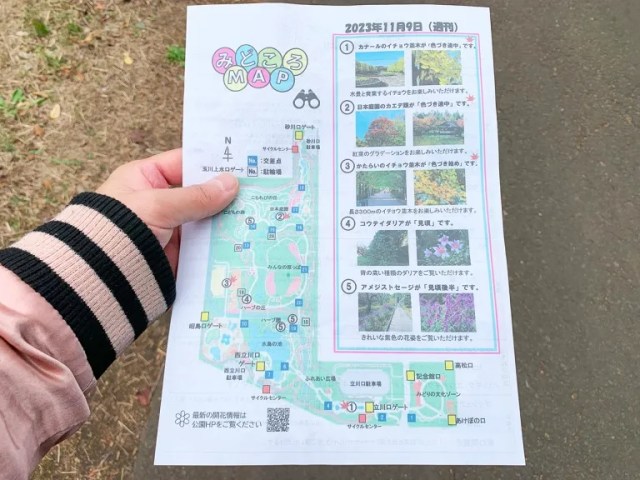
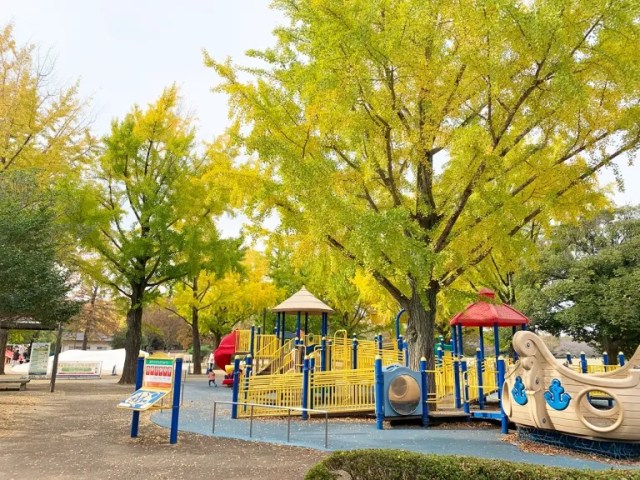
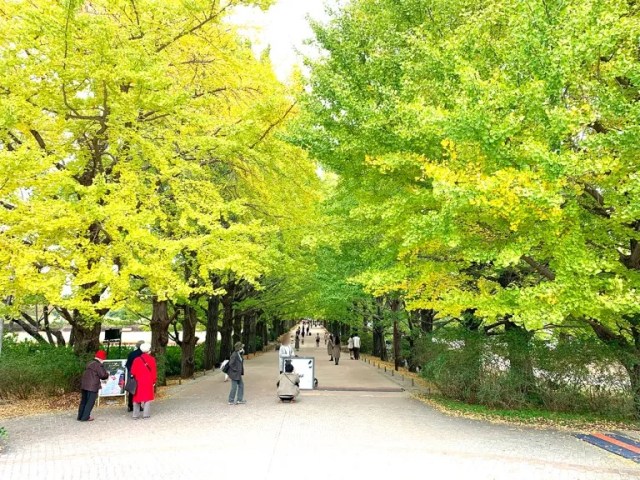
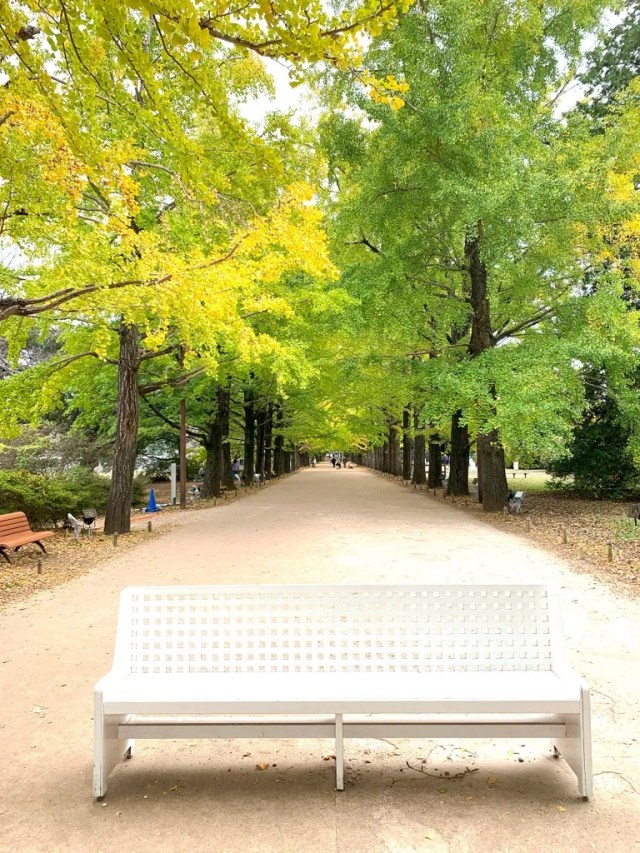
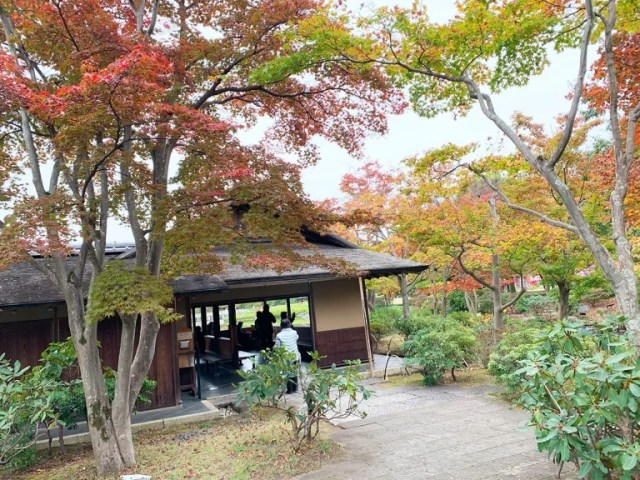
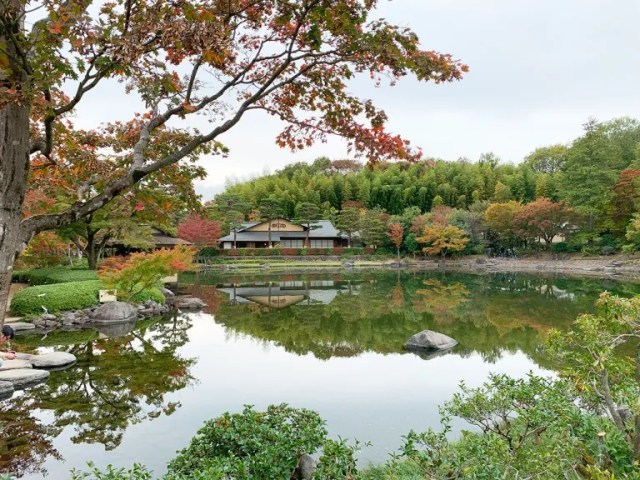
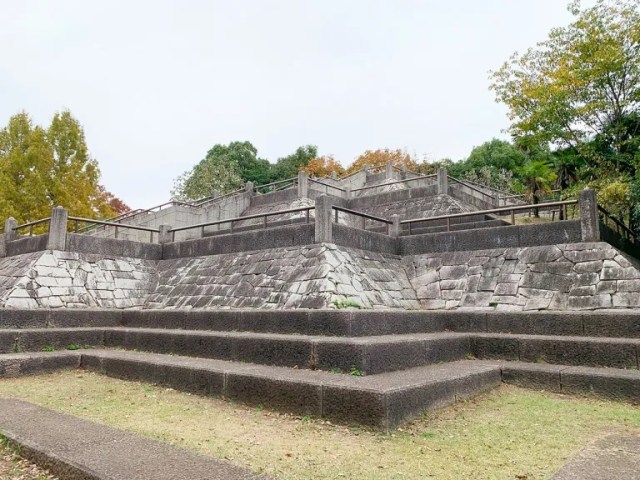
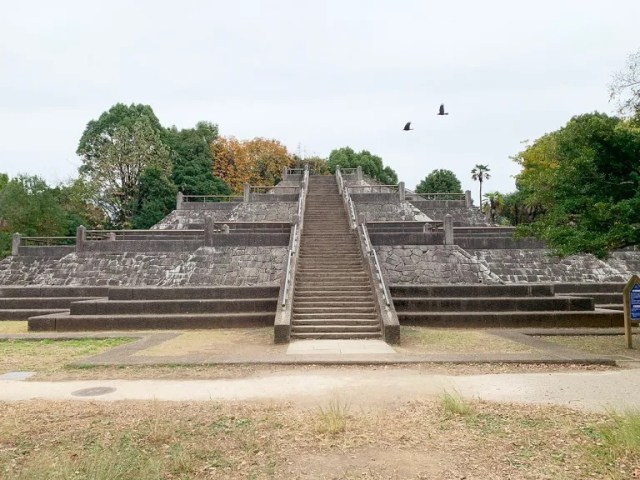

 Tokyo gang breaks no-weapons rule, shows up for fight with rivals carrying spiked bat
Tokyo gang breaks no-weapons rule, shows up for fight with rivals carrying spiked bat Non-Whisper of the Heart Seiji’s 60x-zoom sneak peek of the real-world Earth Shop at Ghibli Park
Non-Whisper of the Heart Seiji’s 60x-zoom sneak peek of the real-world Earth Shop at Ghibli Park These are the 11 most crowded trains in Japan…and surprise! They’re all in the Tokyo area
These are the 11 most crowded trains in Japan…and surprise! They’re all in the Tokyo area Tokyo’s new buses with onboard capsule toy gacha machines stocked with very appropriate prizes
Tokyo’s new buses with onboard capsule toy gacha machines stocked with very appropriate prizes When is the best time to see Japan’s amazing fall color leaves?
When is the best time to see Japan’s amazing fall color leaves? Foreigner’s request for help in Tokyo makes us sad for the state of society
Foreigner’s request for help in Tokyo makes us sad for the state of society Seaside scenery, history, and so many desserts on Yokohama’s Akai Kutsu【Japan Loop Buses】
Seaside scenery, history, and so many desserts on Yokohama’s Akai Kutsu【Japan Loop Buses】 Mikado Coffee is a 76-year-old coffee chain with a major celebrity connection
Mikado Coffee is a 76-year-old coffee chain with a major celebrity connection Japan’s summertime towelket pillowcases are even better with the addition of Ghibli stars【Photos】
Japan’s summertime towelket pillowcases are even better with the addition of Ghibli stars【Photos】 Japanese ramen restaurants under pressure from new yen banknotes
Japanese ramen restaurants under pressure from new yen banknotes Should you add tartar sauce to Japanese curry rice? CoCo Ichi makes diners an unusual offer
Should you add tartar sauce to Japanese curry rice? CoCo Ichi makes diners an unusual offer Akihabara pop-up shop sells goods made by Japanese prison inmates
Akihabara pop-up shop sells goods made by Japanese prison inmates Do Hi-Chew-flavor Hi-Chews have a reason to exist?【Taste test】
Do Hi-Chew-flavor Hi-Chews have a reason to exist?【Taste test】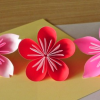 Beyond sakura: How to tell a cherry blossom from a plum or peach flower
Beyond sakura: How to tell a cherry blossom from a plum or peach flower Japan’s massive matcha parfait weighs 6 kilos, contains hidden surprises for anyone who eats it
Japan’s massive matcha parfait weighs 6 kilos, contains hidden surprises for anyone who eats it McDonald’s new Happy Meals offer up cute and practical Sanrio lifestyle goods
McDonald’s new Happy Meals offer up cute and practical Sanrio lifestyle goods French Fries Bread in Tokyo’s Shibuya becomes a hit on social media
French Fries Bread in Tokyo’s Shibuya becomes a hit on social media Studio Ghibli releases new action figures featuring Nausicaä of the Valley of the Wind characters
Studio Ghibli releases new action figures featuring Nausicaä of the Valley of the Wind characters Red light district sushi restaurant in Tokyo shows us just how wrong we were about it
Red light district sushi restaurant in Tokyo shows us just how wrong we were about it New private rooms on Tokaido Shinkansen change the way we travel from Tokyo to Kyoto
New private rooms on Tokaido Shinkansen change the way we travel from Tokyo to Kyoto Tokyo Tsukiji fish market site to be redeveloped with 50,000-seat stadium, hotel, shopping center
Tokyo Tsukiji fish market site to be redeveloped with 50,000-seat stadium, hotel, shopping center Beautiful Ghibli sealing wax kits let you create accessories and elegant letter decorations【Pics】
Beautiful Ghibli sealing wax kits let you create accessories and elegant letter decorations【Pics】 Japanese city loses residents’ personal data, which was on paper being transported on a windy day
Japanese city loses residents’ personal data, which was on paper being transported on a windy day Studio Ghibli releases Kiki’s Delivery Service chocolate cake pouches in Japan
Studio Ghibli releases Kiki’s Delivery Service chocolate cake pouches in Japan New definition of “Japanese whiskey” goes into effect to prevent fakes from fooling overseas buyers
New definition of “Japanese whiskey” goes into effect to prevent fakes from fooling overseas buyers Our Japanese reporter visits Costco in the U.S., finds super American and very Japanese things
Our Japanese reporter visits Costco in the U.S., finds super American and very Japanese things All-you-can-drink Starbucks and amazing views part of Tokyo’s new 170 meter-high sky lounge
All-you-can-drink Starbucks and amazing views part of Tokyo’s new 170 meter-high sky lounge More foreign tourists than ever before in history visited Japan last month
More foreign tourists than ever before in history visited Japan last month New Pokémon cakes let you eat your way through Pikachu and all the Eevee evolutions
New Pokémon cakes let you eat your way through Pikachu and all the Eevee evolutions Disney princesses get official manga makeovers for Manga Princess Cafe opening in Tokyo
Disney princesses get official manga makeovers for Manga Princess Cafe opening in Tokyo Sales of Japan’s most convenient train ticket/shopping payment cards suspended indefinitely
Sales of Japan’s most convenient train ticket/shopping payment cards suspended indefinitely Sold-out Studio Ghibli desktop humidifiers are back so Totoro can help you through the dry season
Sold-out Studio Ghibli desktop humidifiers are back so Totoro can help you through the dry season Japanese government to make first change to romanization spelling rules since the 1950s
Japanese government to make first change to romanization spelling rules since the 1950s Ghibli founders Toshio Suzuki and Hayao Miyazaki contribute to Japanese whisky Totoro label design
Ghibli founders Toshio Suzuki and Hayao Miyazaki contribute to Japanese whisky Totoro label design Doraemon found buried at sea as scene from 1993 anime becomes real life【Photos】
Doraemon found buried at sea as scene from 1993 anime becomes real life【Photos】 Tokyo’s most famous Starbucks is closed
Tokyo’s most famous Starbucks is closed One Piece characters’ nationalities revealed, but fans have mixed opinions
One Piece characters’ nationalities revealed, but fans have mixed opinions We asked a Uniqlo employee what four things we should buy and their suggestions didn’t disappoint
We asked a Uniqlo employee what four things we should buy and their suggestions didn’t disappoint Princesses, fruits, and blacksmiths: Study reveals the 30 most unusual family names in Japan
Princesses, fruits, and blacksmiths: Study reveals the 30 most unusual family names in Japan Right now, this amazing Japanese park is bathed in beautiful blue from 4.5 million flowers【Video】
Right now, this amazing Japanese park is bathed in beautiful blue from 4.5 million flowers【Video】 Tokyo’s Ikebukuro is looking very different, and also pretty sad, these days【Photos】
Tokyo’s Ikebukuro is looking very different, and also pretty sad, these days【Photos】 Enjoy the brilliantly colored autumn leaves at Shinjuku Gyoen with Mr. Sato
Enjoy the brilliantly colored autumn leaves at Shinjuku Gyoen with Mr. Sato Is ramen without the “men” a Tokyo dining paradox worth experiencing?【Taste test】
Is ramen without the “men” a Tokyo dining paradox worth experiencing?【Taste test】 10 gorgeous, must-visit places to see the autumn leaves in Japan
10 gorgeous, must-visit places to see the autumn leaves in Japan Tokyo cat cafe reopens weeks after virus outbreak kills over 25 percent of its feline population
Tokyo cat cafe reopens weeks after virus outbreak kills over 25 percent of its feline population The hidden meaning of the U.S. Air Force’s “shake and fries” patch in Japan
The hidden meaning of the U.S. Air Force’s “shake and fries” patch in Japan All-night, all-free cosplay event to be held at Tokyo bookstore, applications now being accepted
All-night, all-free cosplay event to be held at Tokyo bookstore, applications now being accepted Tokyo’s best downtown garden gets even more beautiful with after-dark fall colors event
Tokyo’s best downtown garden gets even more beautiful with after-dark fall colors event 10 of our absolute favorite places to spend a day in Tokyo
10 of our absolute favorite places to spend a day in Tokyo Squish, pop, and roll your way through Tokyo’s new ginormous bubble-wrap play park
Squish, pop, and roll your way through Tokyo’s new ginormous bubble-wrap play park Japanese artist shows amazing way to color illustrations: Let the fall leaves do it for you【Pics】
Japanese artist shows amazing way to color illustrations: Let the fall leaves do it for you【Pics】 These Pakistani students in Tokyo had never been to the beach, and that’s something we had to fix
These Pakistani students in Tokyo had never been to the beach, and that’s something we had to fix Saizeriya’s private solo booths are one of the best places to work, drink and eat in Japan
Saizeriya’s private solo booths are one of the best places to work, drink and eat in Japan Nemophila season off to an early, and beautiful, start as baby blue flowers bloom in Maishima
Nemophila season off to an early, and beautiful, start as baby blue flowers bloom in Maishima “Hey, Japanese taxi driver, take us to the best seafood joint in Otaru!”
“Hey, Japanese taxi driver, take us to the best seafood joint in Otaru!”
Leave a Reply